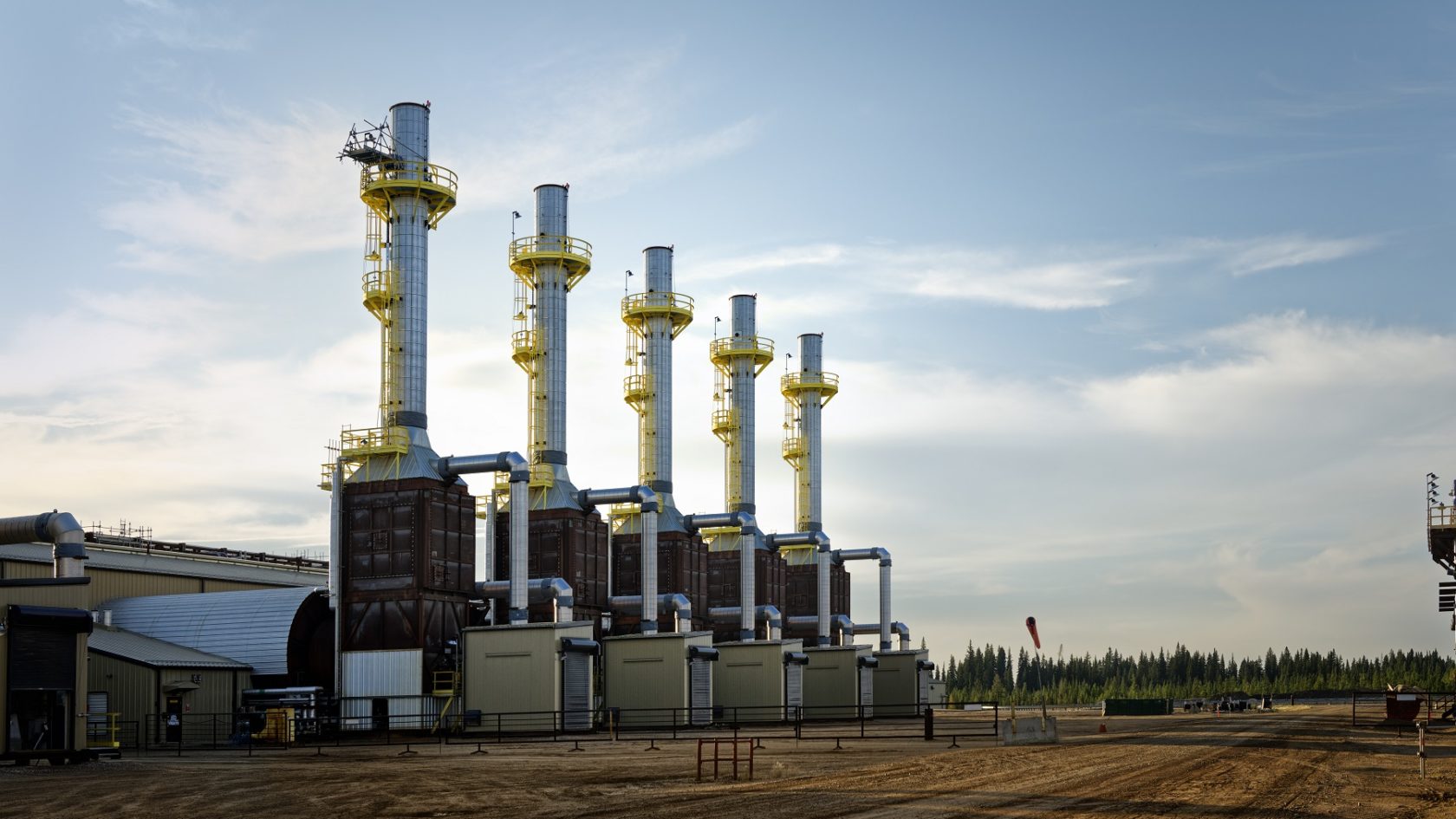Increased Canadian ownership of the oil sands is setting the industry up for a more resilient future, according to industry experts.
Multinational companies like Shell, ConocoPhillips, Devon and Equinor selling oil sands assets in recent years repeats a pattern that has in the past made Canada’s industry stronger, says Jackie Forrest, executive director of the ARC Energy Research Institute.
“This isn’t the first time. Back in the 1990s, there was a similar period where because of low prices companies like BP, Amoco, Texaco [and] Marathon sold their projects in Canada, and a lot of those assets went to Canadian companies,” Forrest told the most recent ARC Energy Ideas podcast.
“That’s how some of the biggest companies that are Canadian owned today came to be, because they picked up crown jewel-type assets that were being left by the foreigners, and it allowed Canadian oil and gas companies to be more profitable and strong.
“I think this era has done the same. It’s allowed the Canadian companies to be more strong and more resilient.”
Oil sands more Canadian
According to the latest data from the Alberta Energy Regulator (AER), in September 2021 Canadian-headquartered companies owned approximately 85 per cent of oil sands production, up from 59 per cent in September 2014.
Over about the same period, major oil sands producers reduced emissions intensity by 27 per cent and decreased freshwater use intensity by 22 per cent, according to analysts with BMO Capital Markets.
Companies also increased spending on research and development by 49 per cent, to a record $1.6 billion in 2020, according to Research InfoSource.
Oil sands innovation
Innovation has always been critical to oil sands development. In the 1990s, foreign investors were necessary to provide the money and technology to crack the code to transform the vast resource into a large-scale industry, says Richard Masson, executive fellow with the University of Calgary’s School of Public Policy.
“There was this worry that we were allowing this potentially very big strategic resource to be owned by others, but we didn’t think we had much way to prevent it because we needed the capital and we needed the expertise,” says Masson, who served as the government of Alberta’s director of oil sands policy in 1995-96, leading development of the new generic oil sands royalty system to encourage investment.
“Before, we thought innovation had to come from international companies because we didn’t have a lot here. Now we’ve got companies who understand this resource better than the international companies do.”
No more control by SOEs
Not all international investment is welcome in Canada’s oil sands. As of late 2012, rules are in place that do not allow foreign state-owned enterprises to buy a controlling stake in oil sands projects, except on an “exceptional basis.”
The resource was seen as too strategic to Canada to be sold to foreign governments, Masson says.
International Energy Agency leader Fatih Birol said earlier this month that Canada is a preferred global oil and gas supplier and should take steps to ensure it remains so in the decades to come.
“We will still need oil and gas for years to come. I prefer that oil is produced by countries… like Canada who want to reduce the emissions of oil and gas,” he said.
International investors
The number of multinational companies in Canada’s oil sands has decreased, but many Canadian-headquartered companies still have substantial stock investment from outside the country. This is to be expected, Masson says.
“The Canadian financial market is about three per cent of the global equity market, and so by definition any big company has many international shareholders. You just have to do that to ensure that you can raise capital and get the best price for your shares,” he says.
“We’ve always had open financial markets, and ownership percentages from different countries change over time. There’s nothing wrong with that. That’s how our system is designed.”
Made in Canada
ARC Energy Research Institute deputy director Peter Tertzakian said it’s positive that more control of Canada’s oil sands is in Canadian business boardrooms.
“If you reflect, what you see is a pattern where the big multinationals come in when prices are high and activity is strong, they invest billions of dollars to develop out projects and infrastructure, and then they typically pack up and leave at the bottom of the cycle,” he said.
“It’s definitely resulted in a much more made in Canada oil and gas industry, as opposed to one that’s been dominated by foreign interests.”
The unaltered reproduction of this content is free of charge with attribution to Canadian Energy Centre Ltd.
